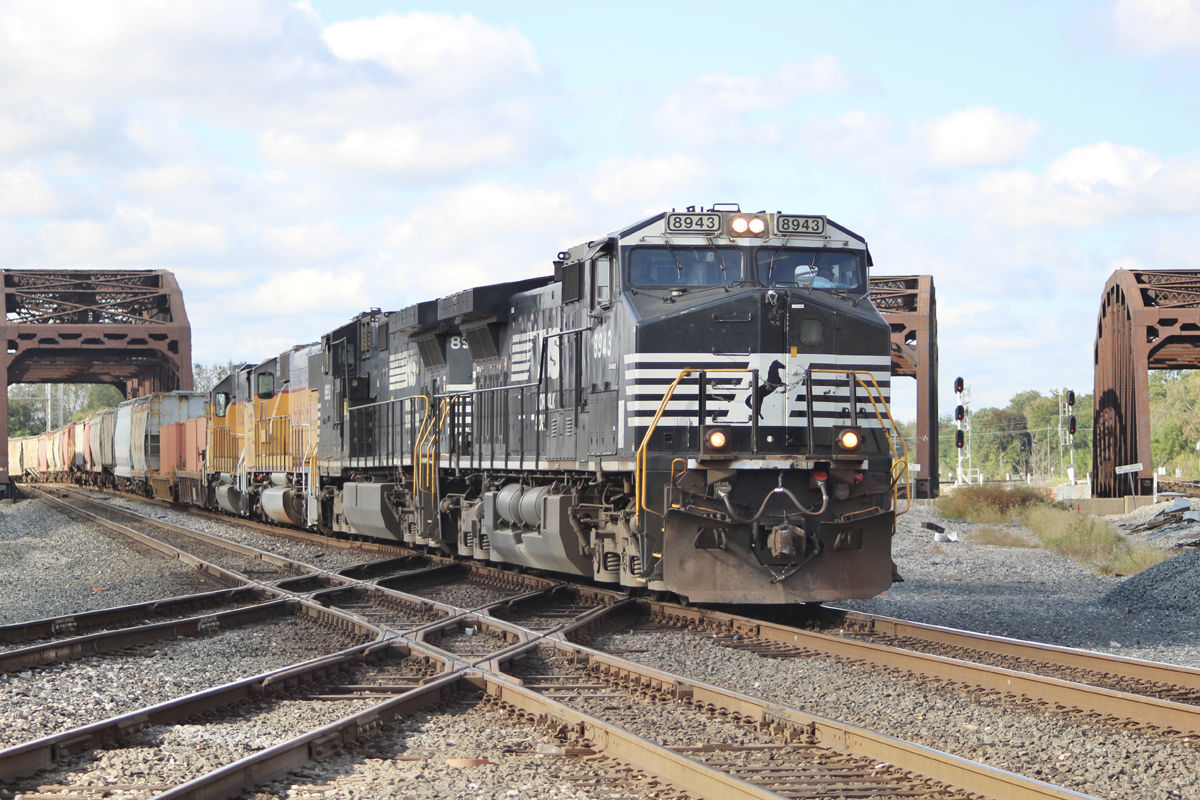
LAGUNA BEACH, Calif. — Norfolk Southern CEO Mark George says the rail industry is ready to put periodic service crises in the rearview mirror — and regain market share lost to trucking in the process.
“We went through … more than a decade where service crises happened every couple of years,” George told an investor conference today (Wednesday, Sept. 10, 2025). “That conditioned the customer base … to be prepared with alternatives.”
The railroads’ repeated service problems — including the widespread crew shortages that plagued the big four U.S. systems in 2021 and 2022 — drove shippers to shift their freight to trucks despite higher costs.
“Service crises … have really disrupted our ability to deliver reliable and consistent service to our customers,” George says. “So, over time, customers have built out alternatives with trucking, and even though maybe it’s more expensive than rail, at least it was more reliable.”
An example, he says, is the paper industry, which produces heavy, bulky products that are ideal for rail. Railroads once enjoyed 100% market share at paper mills, but now handle just 40% to 50% of paper shipments.
“If we were more consistent delivering service as an integrated freight rail network, that’s an area where you can see significant share recapture from the highway,” George says. “And it’s not just paper. There’s plenty of other examples like that.”
The periodic service problems were caused by railroads’ short-term focus on keeping costs low. And that meant they didn’t have enough crews or locomotives — or both — to effectively respond to inevitable shocks to the system, such as harsh weather or surges in demand.
“Oftentimes, the trigger to these crises might be weather, right? Well, what does weather do? It slows you down, it creates an imbalance in your network that you can only dig yourself out of if you have appropriate resources in place,” George says. “When you’re too thin on resources, you can’t respond. And it takes you not just months, it takes you quarters to catch up and to rebalance yourself. So you have to make sure that you have the buffers in place.”
George contends that short-term thinking and running as lean as possible are out of fashion at the Class I railroads.
“I think there is, as an industry as a whole now, an acknowledgment that … we’ve got to stop being short-term focused and induce these service crises,” he says.
George would not place the blame for recent service problems on the low-cost Precision Scheduled Railroading operating model, which the big U.S. systems adopted from 2017 through 2019.
“PSR is the most logical approach to railroading there is,” George says. “It’s the application of it … where maybe we’ve gone a little bit too far, too aggressive in trimming resources, leaving yourself no buffer.”
George says the entire industry is fluid, with no one railroad’s service problems rippling through the network and negatively affecting the performance of interline traffic.
“The biggest impediment in the past, which was service crises at one or more railroads, doesn’t exist today,” George says. “So I think this is good for the industry, and I’m hopeful that all of us collectively in North America can start taking share back from the highway.”
NS Chief Marketing Officer Ed Elkins stressed that regaining freight will require not just a few months of solid performance, but a sustained record of reliability. “It’s not good enough to just deliver good service yesterday. You have to have a track record of it, you have to have really a runway of good service so that customers can make those adjustments in their supply chain to get themselves unwound from those higher costs and more expensive options and really reap the benefits of using rail transportation over time,” he says.
George says that both he and Union Pacific CEO Jim Vena realize that the proposed UP-NS merger, if approved, must avoid the service problems that have dogged other big rail mergers.
“We cannot have integration issues. And Jim and I are aligned on that. We’re going to do everything possible to ensure that we have a seamless integration. We’re going to learn from the mistakes of the past. And if it takes a little longer to make sure that it’s smooth from a systems perspective, then it will take a little bit longer,” George says.
Both railroads will take advantage of the regulatory review process, which might stretch out over 18 months, to carefully plan how to mesh their operations.
George spoke at the Morgan Stanley Laguna Conference.






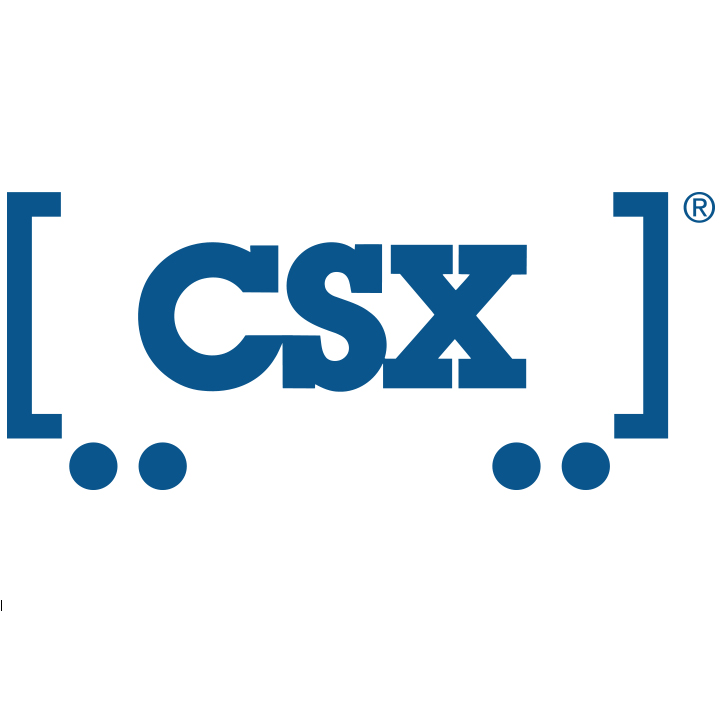
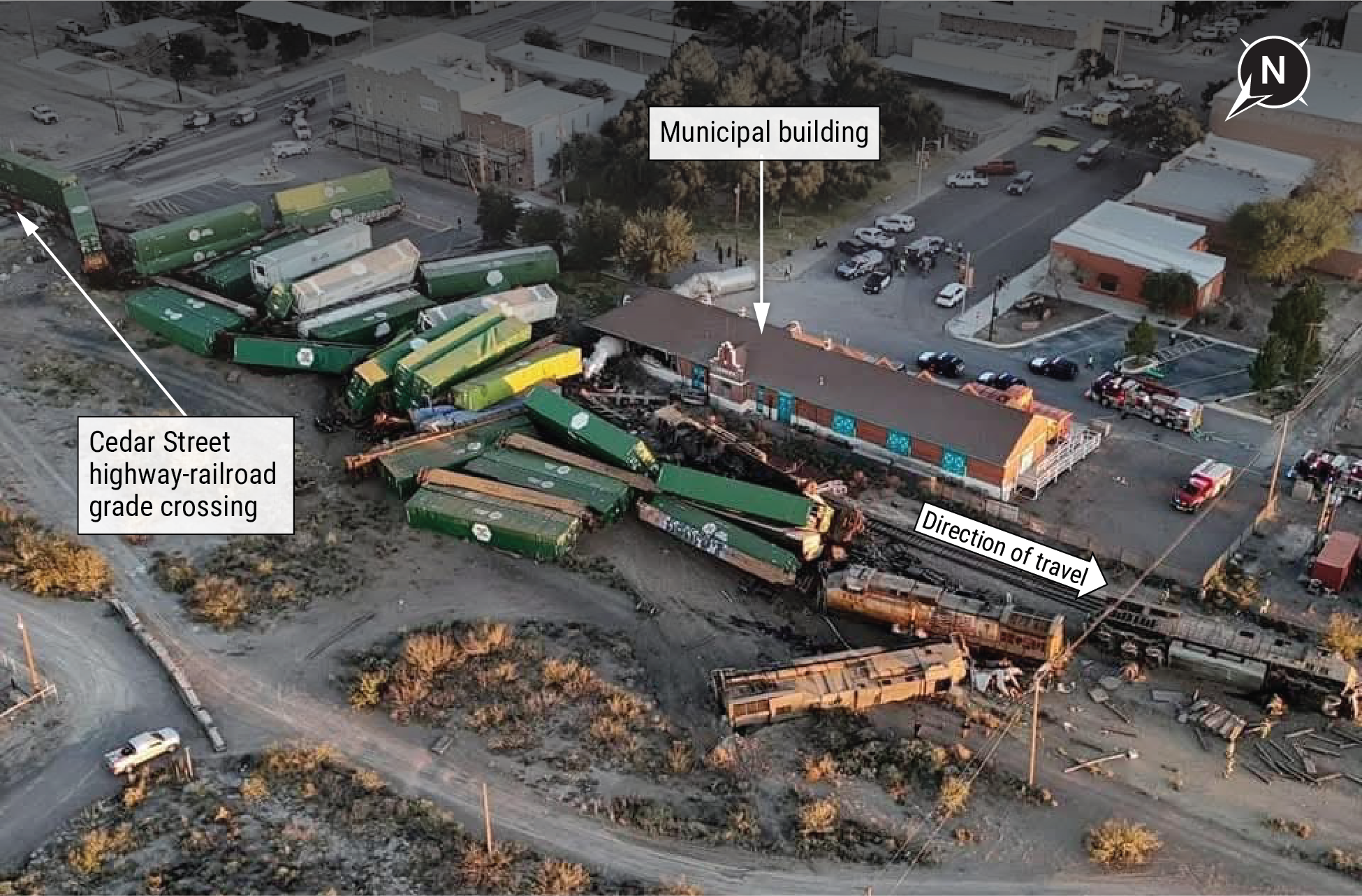
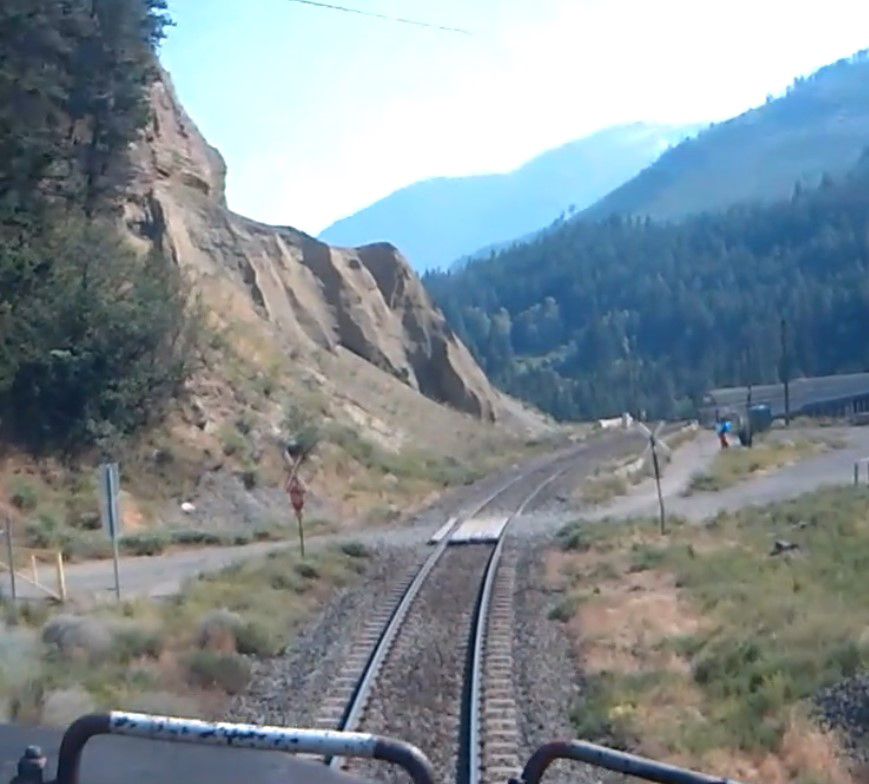
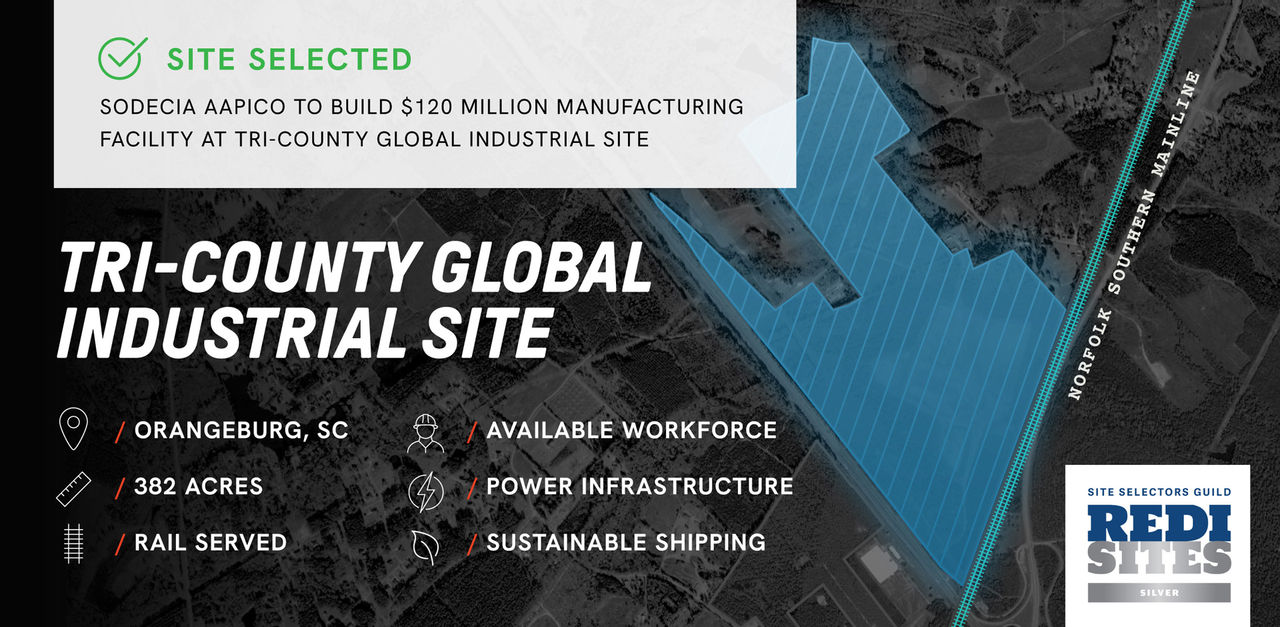
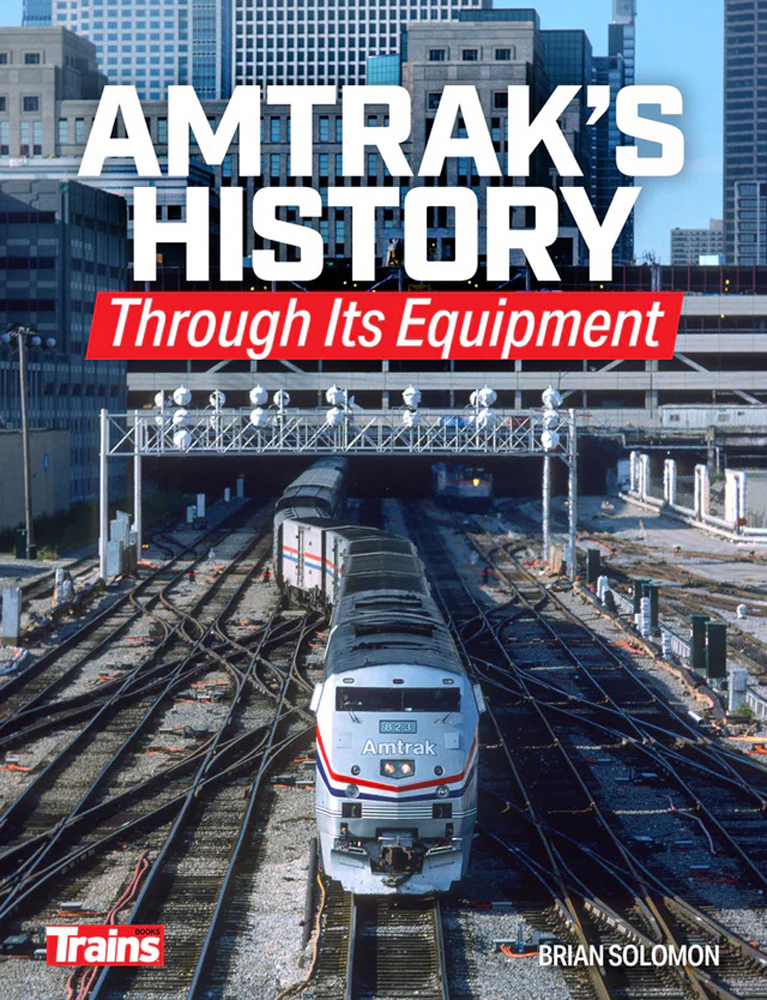
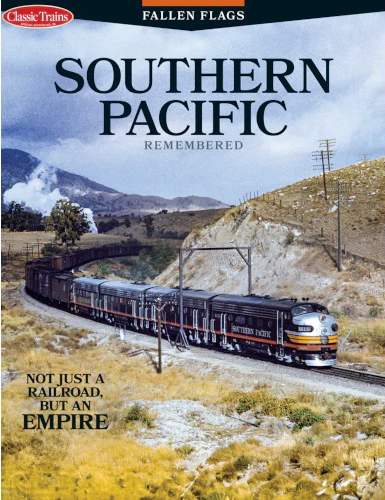
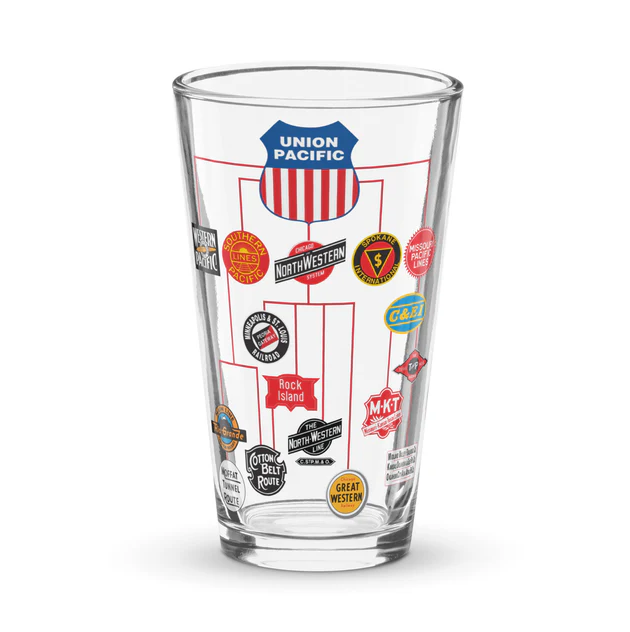
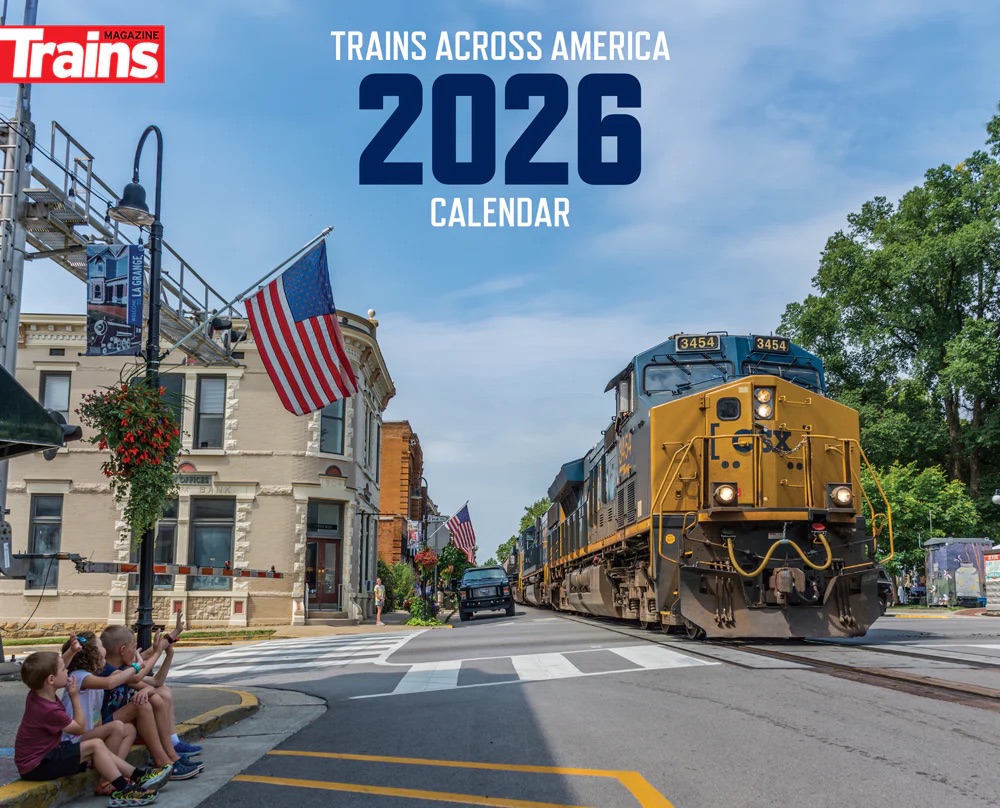
More lip service from the top.
Didn’t he at first describe PSR ? Yes he did ! And, when he looked at what he said he immediately denies any and all things PSR but, will continue to use it. Oh my gosh , can’t wait for these two to get married and have the movement of freight come crashing down around their necks. By the way which one of these PSR guys leaves (with lots of cash) and who stays? Isn’t this just thrilling !
Garant vs Norfolk Southern Railroad, Attempted Murder, Aggravated Manslaughter/Assault, and Fired Whistle Blower
NS just put out a bulletin that we’re going to start doing throttle restrictions on top of not using enough locomotives for the tonnage and length of trains, track speed and real reliable service are things of the past. All trains will be stopped or slower than molasses in December, this article is just propaganda for the merger. Those two CEOs couldn’t run a Lionel around a Christmas Tree, but they can probably butter up enough STB members to get this passed, and float off into the sunset with their golden parachutes leaving behind yet another failed merger and skeleton railroads, all for short term gains in stock price.
How many corners are there to turn before we reach sustainable reliable service?
They just now figured out that they need to provide reliable service. Wow!
They need to get the merger approved.
Just remember, this is Corporate America. Doesn’t matter what you do. It matters what you say.